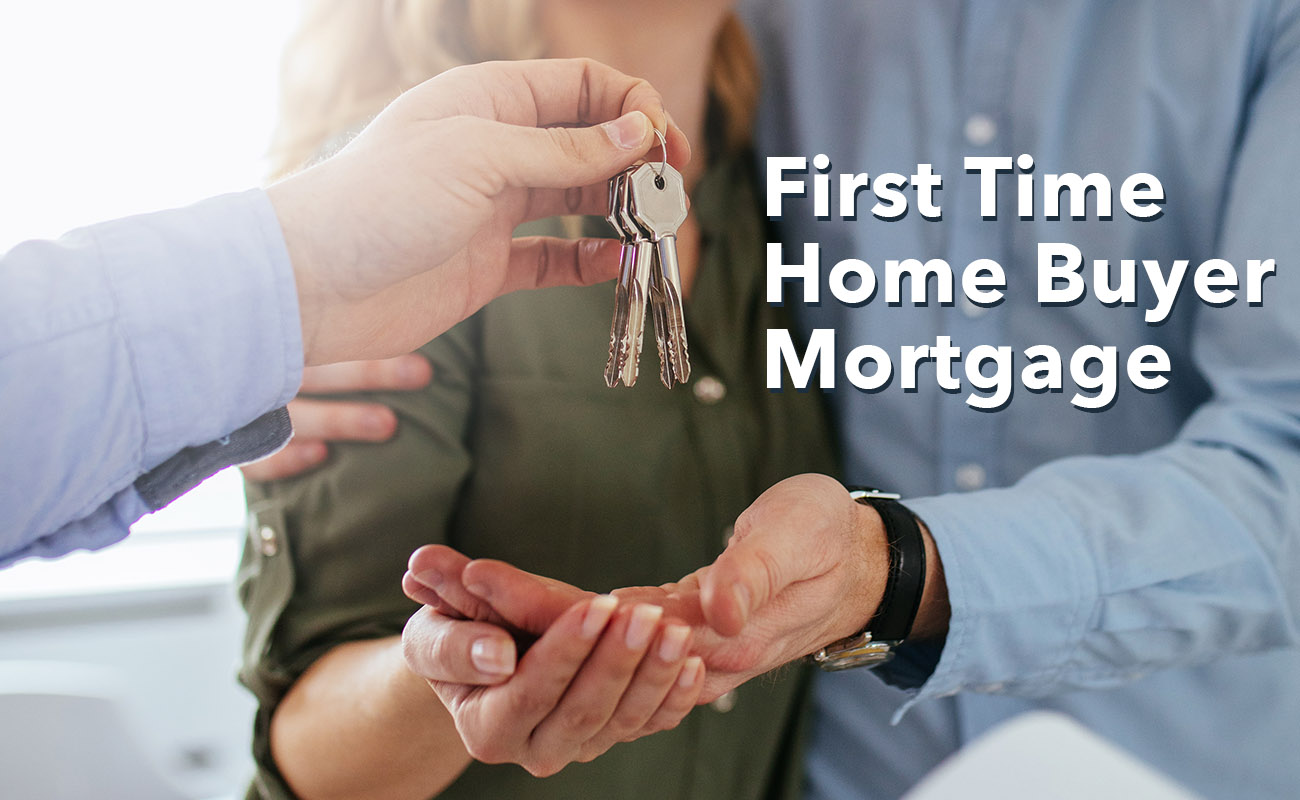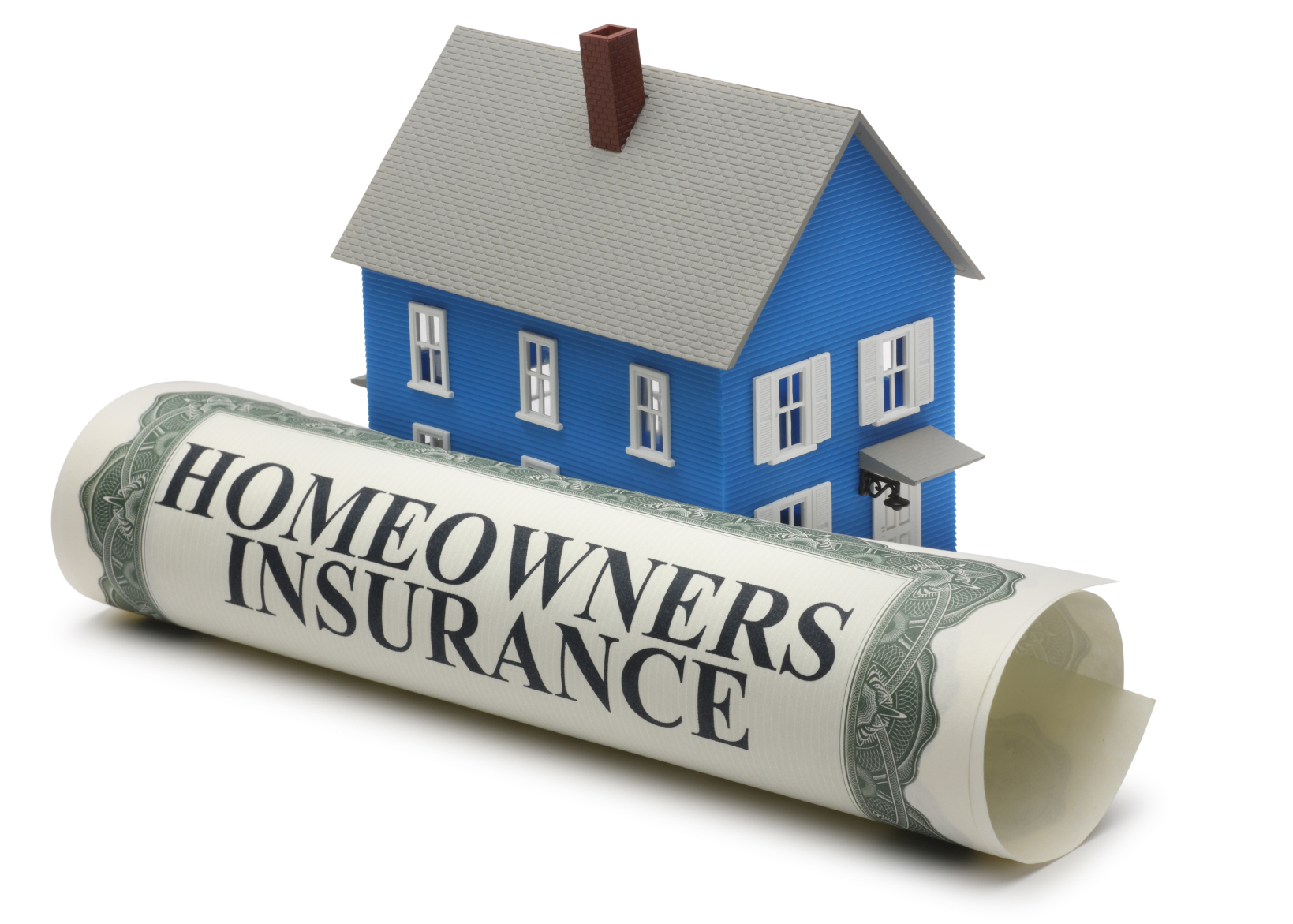Advertisement
home owners loan – Homeowner loans, a powerful financial tool, provide homeowners access to funds secured by their property. These loans, often categorized as home equity loans, HELOCs, or reverse mortgages, serve diverse purposes, from home improvements to debt consolidation. Understanding the intricacies of homeowner loans, from eligibility requirements to loan terms and conditions, is crucial for making informed financial decisions.
This guide delves into the world of homeowner loans, examining the various types available, outlining the eligibility criteria, and exploring the advantages and disadvantages associated with each option. It also provides valuable insights into responsible borrowing practices and strategies for managing debt effectively.
Homeowner Loan Basics

A homeowner loan, also known as a home equity loan, is a type of loan that uses the equity in your home as collateral. Equity is the difference between the current market value of your home and the amount you still owe on your mortgage.
Homeowner loans can be used for various purposes, such as home improvements, debt consolidation, medical expenses, or even funding a business venture. They are typically secured loans, meaning that the lender has the right to seize your home if you fail to make payments.
Types of Homeowner Loans, Home owners loan
Homeowner loans come in various forms, each with unique features and benefits. Here are some common types:
- home equity Loans: These are lump-sum loans that you can use for any purpose. They typically have fixed interest rates and a set repayment term. The amount you can borrow depends on your home’s equity and your creditworthiness.
- Home Equity Lines of Credit (HELOCs): HELOCs function like credit cards, allowing you to borrow money as needed, up to a predetermined credit limit. They usually have variable interest rates, which can fluctuate over time. HELOCs are often used for short-term expenses or projects that require flexible funding.
- Reverse Mortgages: Reverse mortgages are designed for homeowners aged 62 and older. They allow you to access a portion of your home’s equity without having to make monthly mortgage payments. The loan becomes due when you sell the home, move out permanently, or pass away.
Eligibility and Requirements

Securing a homeowner loan involves meeting specific eligibility criteria and providing the necessary documentation. Lenders assess factors like credit history, income, and debt-to-income ratio to determine your loanworthiness.
Required Documentation
Lenders require various documents to verify your financial situation and assess your ability to repay the loan. These documents typically include:
- Proof of Income: This can include pay stubs, W-2 forms, tax returns, or bank statements demonstrating regular income.
- Credit Report: Lenders obtain your credit report from credit bureaus to assess your credit history, including payment history, credit utilization, and outstanding debts.
- Bank Statements: These statements provide insight into your financial activity, including deposits, withdrawals, and account balances.
- Property Appraisal: A professional appraiser assesses the property’s value to ensure it aligns with the loan amount.
- homeownership History: If you have previously owned a home, you may need to provide documentation of your previous mortgage payments.
Credit Score Requirements and Impact on Loan Terms
Your credit score plays a crucial role in determining your loan eligibility and the terms offered. A higher credit score generally indicates a lower risk for lenders, resulting in more favorable loan terms.
“A higher credit score can lead to lower interest rates, better loan terms, and potentially a larger loan amount.”
- Interest Rates: Borrowers with excellent credit scores often qualify for lower interest rates, reducing the overall cost of borrowing.
- Loan Terms: Lenders may offer more favorable loan terms, such as longer repayment periods, to borrowers with good credit.
- Loan Amount: A higher credit score can increase the loan amount you are eligible for, allowing you to borrow more money for your home purchase.
Loan Terms and Conditions

Understanding the terms and conditions of a homeowner loan is crucial for making informed financial decisions. These conditions dictate the structure of the loan, the repayment schedule, and the overall cost of borrowing.
Interest Rates
Interest rates are a fundamental component of homeowner loans. They represent the cost of borrowing money and are expressed as a percentage of the loan principal. Interest rates can vary significantly depending on several factors, including:
- Credit score: Borrowers with higher credit scores typically qualify for lower interest rates.
- Loan amount: Larger loan amounts may attract higher interest rates due to increased risk for lenders.
- Loan term: Longer loan terms generally come with higher interest rates, as the lender has more time to accrue interest.
- Current market conditions: Interest rates fluctuate based on economic factors, such as inflation and the Federal Reserve’s monetary policy.
Interest rates are often presented as Annual Percentage Rates (APRs), which include the interest rate plus other fees associated with the loan.
Loan Amortization
Loan amortization refers to the process of gradually paying off a loan over time through regular payments. Each payment includes both principal and interest, with the proportion allocated to principal increasing over the life of the loan. The amortization schedule details the breakdown of each payment and how much principal and interest are being paid off each month.
Amortization can be calculated using a formula that takes into account the loan amount, interest rate, and loan term.
The amortization schedule helps borrowers understand how much they will owe each month and how quickly their loan balance will decrease.
Fixed-Rate vs. Variable-Rate Loans
Homeowner loans can be categorized as fixed-rate or variable-rate loans, each offering distinct advantages and disadvantages:
- Fixed-rate loans feature a consistent interest rate throughout the entire loan term. This provides borrowers with predictable monthly payments and protects them from rising interest rates.
- Variable-rate loans, also known as adjustable-rate mortgages (ARMs), have interest rates that can fluctuate based on a benchmark index, such as the prime rate. These loans may offer lower initial interest rates compared to fixed-rate loans, but they carry the risk of higher payments if interest rates rise.
The choice between a fixed-rate and variable-rate loan depends on individual financial circumstances, risk tolerance, and predictions about future interest rate trends.
Advantages and Disadvantages

Obtaining a homeowner loan can be a significant financial decision with both potential benefits and drawbacks. It’s essential to weigh the advantages and disadvantages carefully before committing to a loan.
Benefits of Homeowner Loans
Homeowner loans can provide various benefits, including:
- Access to Homeownership: A homeowner loan can make homeownership a reality for individuals who may not have the full amount upfront. This can be particularly beneficial for first-time homebuyers or those looking to upgrade to a larger or more desirable property.
- Building Equity: As you make regular payments on your homeowner loan, you gradually build equity in your home. Equity represents the portion of the home’s value that you own, which can be valuable for future financial planning.
- Tax Benefits: In many countries, homeowners can deduct mortgage interest payments on their income taxes, potentially reducing their tax liability.
- Stability and Security: Owning a home can provide a sense of stability and security. You have control over your living space and can make improvements and customizations as needed.
- Potential Appreciation: real estate values tend to appreciate over time, potentially increasing the value of your home and your equity. This can be a significant financial benefit, especially if you plan to sell your home in the future.
Drawbacks and Risks of Homeowner Loans
While homeowner loans offer potential benefits, there are also risks and drawbacks to consider:
- Large Financial Commitment: Homeowner loans are a significant financial commitment, often involving large monthly payments for many years. It’s crucial to ensure you can comfortably afford the payments before taking on a loan.
- Interest Costs: Homeowner loans come with interest charges, which can add up over the life of the loan. The total cost of borrowing can be substantial, especially for longer-term loans with high interest rates.
- Property Value Fluctuations: Real estate values can fluctuate, and in some cases, a home’s value may decrease. If you need to sell your home before the loan is paid off, you may not recoup your investment, potentially resulting in a financial loss.
- Maintenance Costs: Homeownership comes with ongoing maintenance and repair costs. These expenses can be unpredictable and can add to your overall financial burden.
- Limited Flexibility: Once you take on a homeowner loan, your financial flexibility may be limited. You may have less disposable income available for other financial goals or unexpected expenses.
Comparing Different Loan Types
The specific advantages and disadvantages of homeowner loans can vary depending on the type of loan you choose. Here are some common loan types:
- Fixed-Rate Mortgages: Fixed-rate mortgages offer a fixed interest rate for the duration of the loan, providing predictable monthly payments. This can be beneficial for borrowers who prefer stability and want to avoid the risk of rising interest rates.
- Adjustable-Rate Mortgages (ARMs): ARMs have an interest rate that can adjust periodically based on market conditions. This can result in lower initial payments but potentially higher payments in the future if interest rates rise.
- Conventional Loans: Conventional loans are typically offered by private lenders and are not backed by the government. They may have stricter eligibility requirements but can offer lower interest rates.
- Government-Backed Loans: Government-backed loans, such as FHA loans or VA loans, are insured or guaranteed by government agencies. These loans may have more lenient eligibility requirements but often have higher interest rates.
Finding the Right Loan: Home Owners Loan

Securing a home loan is a significant financial decision, and finding the right loan option is crucial. This involves careful research, comparing different loan products, and understanding the associated terms and conditions.
Understanding Loan Options
Understanding the different types of home loans available is the first step in finding the right one. This involves exploring various loan products offered by different lenders and understanding their features, benefits, and drawbacks.
- Fixed-rate mortgages: These loans offer a fixed interest rate for the entire loan term, providing predictable monthly payments. This option is suitable for borrowers who prefer stability and want to avoid the risk of fluctuating interest rates.
- Adjustable-rate mortgages (ARMs): ARMs feature an initial fixed interest rate that adjusts periodically based on a specific index. This option can be advantageous during periods of low interest rates, but it carries the risk of higher payments if interest rates rise.
- Government-backed loans: These loans are backed by government agencies like the Federal Housing Administration (FHA) or the Department of Veterans Affairs (VA). They offer more flexible eligibility requirements and lower down payments, making homeownership more accessible.
